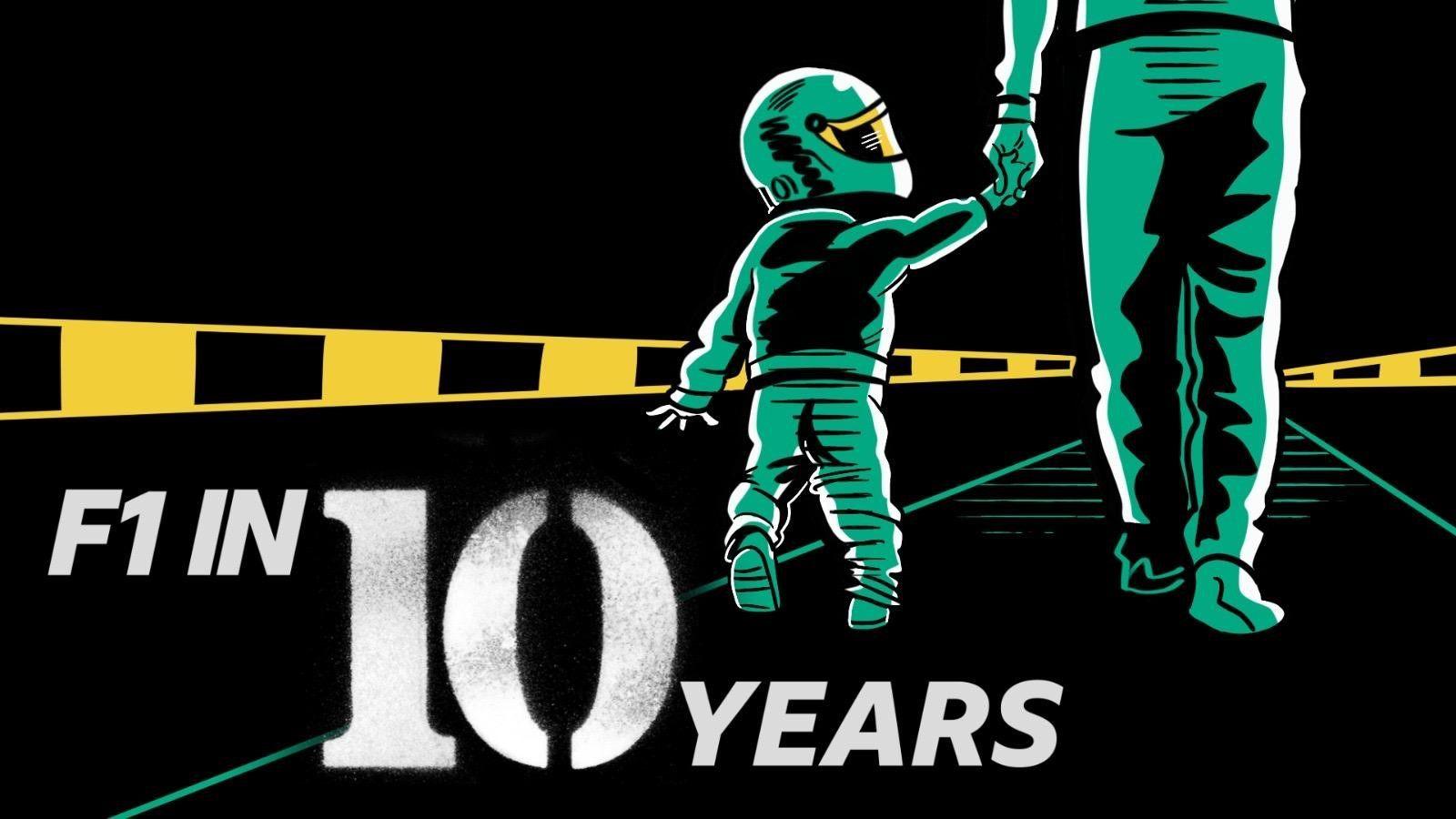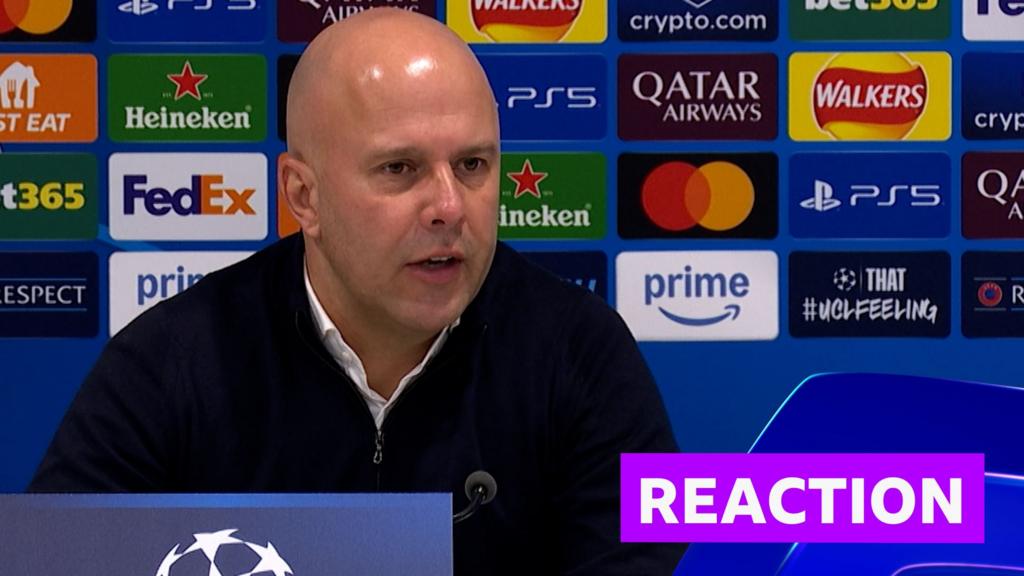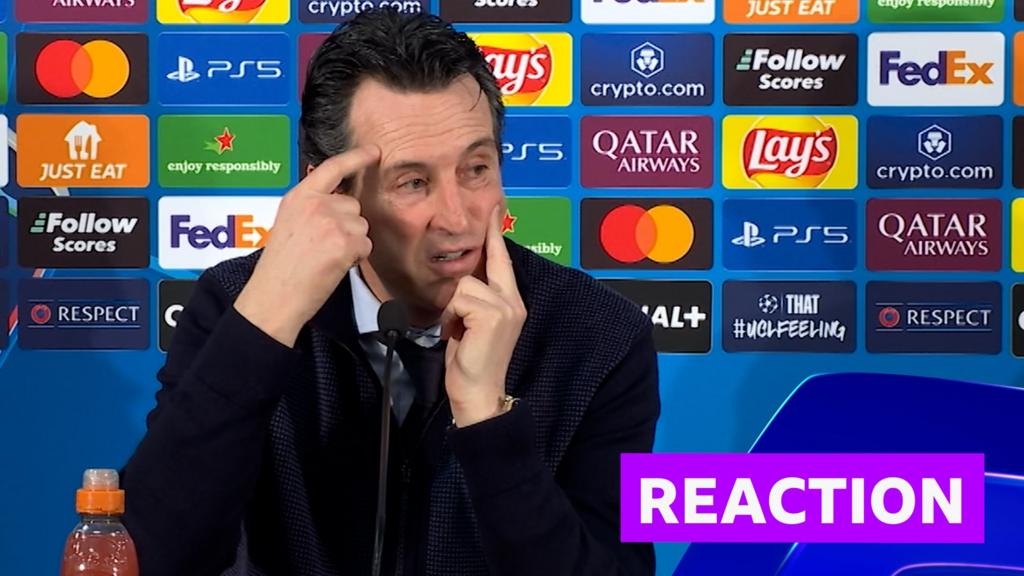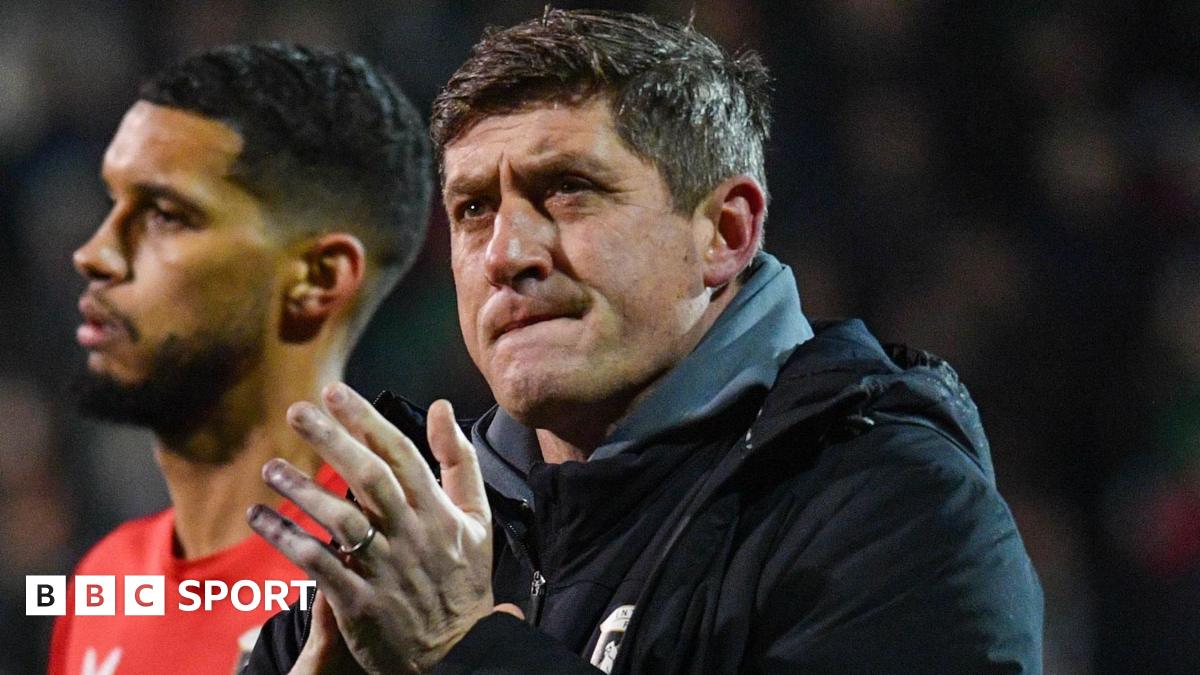ARTICLE AD BOX
 Image source, BBC Sport
Image source, BBC Sport
What will Formula 1 be like in 10 years?
Matt Warwick
BBC Sport senior journalist
The tone from the messageboards after Max Verstappen took his eighth victory in a row at the season-opening Bahrain Grand Prix in March was clear.
"Well, that season lasted right to the first corner."
"Don’t bother tuning in this year."
That, coming off the back of winning any F1 team’s most dominant season in history, was just too much for some. And Formula 1’s favourite subject came back to the fore: the state of the racing.
Fast forward six months, however, and on lap 20 of September’s Azerbaijan Grand Prix something significant happened: McLaren’s Oscar Piastri executed an overtake on Ferrari’s Charles Leclerc for the lead of a race that would become his second career victory.
A late, late lunge in the braking zone of a corner which rarely yields success for a driver with daring, done with precision and enough subsequent positioning and pace for Leclerc to not be able to respond to quickly enough - even using the sport’s often maligned DRS overtaking aid (engineered in 2011 to give a pursuer an advantage in speed to enable him to pass).
Unsurprisingly, young Piastri’s worth took a step up, but so did that of F1, as fans watched what they so often feel like they are being denied: real racing for the lead.
It also gave further credibility that a terrible season has seemingly turned into a title battle for the ages.
Piastri’s McLaren team-mate and British hero Lando Norris is spearheading a resurgence for a home team once again in the ascendency, leading the constructors’ championship and chasing down an ever-more under-duress and once-dominant defending champion in Verstappen.
“Everywhere’s going to be close [from now on],” said Norris at McLaren’s squeaky clean Technology Centre. “I don’t think we’re going to have an advantage; I don’t think [Red Bull] are.
“There’ll be races which suit one [team] a bit more. When before we were talking about cars being about two or three tenths [of a second between one another], now it’s one tenth quicker here; one tenth quicker there.”
Having made his own contributions to real racing and well-earned victories this season, Norris often underplays his achievements and the prospects of a season we could all remember for years to come – chiefly because he is the one in the cockpit, not looking on from the stands or in the living room.
F1 in 10 Years: Lando Norris on his vision for the future of Formula One
Why can the racing get boring?
As much as we all have to suffer the occasional 0-0 draw in our sporting lives, F1 has the most difficult balancing act when it comes to entertainment.
Most sports don’t work hand-in-hand with high-tech engineering projects, with teams all working independently from one another in factories, endlessly refining cars to stay close to competitors, as Norris says, by a tenth of a second or less.
So, after spending millions on developing design concepts with hundreds of talented engineers, supercomputers and a windtunnel, if one team creates a car substantially faster than the rest, the sport could be in for lean times on the track.
That happened at the beginning of 2022 when the Aston Martin-bound genius Adrian Newey once again designed the dominant Red Bull RB18 and subsequent RB19, which Verstappen drove to victory in his last two championships.
As impossibly nimble as an F1 car is, F1 teams’ design concepts take as much time to turnaround as an oil tanker.
Add to that a motorsport which relies heavily on aerodynamics to make the cars jaw-droppingly fast around corners - but difficult to follow behind in order to overtake - and you start to see why the sport has often swung from one 0-0 draw to another over the years.
“We live with cycles,” Formula 1’s chief executive Stefano Domenicali counters. “People winning every time is an anchor to say well that’s something unique, because if there’s too many, this is too easy. So it really depends from which corner you see these things.
“It’s relevant to keep the attention of the sporting action on the track. I think we pass through years where we have a dominant team and a dominant driver without affecting the nature of the sport – this is something we try to rectify with regulations. Not in a fake way, but how we make competition tighter without affecting the regulations – for example, with the introduction of the budget cap.”
Image source, Getty Images
Image caption,F1 CEO Stefano Domenicali and Williams team principal James Vowles both believe the cost cap is working for the sport's competitiveness
Cost cap key to competitive flexibility
In a sport driven by technological progression, money matters.
F1’s budget cap was introduced in 2021 to bring the performance of teams closer together and to curb the spending of the biggest players on a grid where the disparity between manufacturers and more independent racing concerns could be hundreds of millions of pounds.
As of this year teams are spending around $135m each per season, inflation dependent. The top teams in the past could go as far as $400m.
As chief, Domenicali has to be across all areas of Formula 1 these days, but there are few better qualified to discuss the racing, given his time as Ferrari team principal between 2008 and 2014, and having witnessed the seemingly never-ending decade of success for the red cars headed by Michael Schumacher between 1996-2006.
Judging by the margins of victory enjoyed by Schumacher and Ferrari, that era needed financial and sporting regulation more than any other.
“To allow everyone to understand the limits to spending to development, and to allow more teams to be more competitive, the development rate has been minimised for that," he says. "We need to keep that at the centre of our sport.
“We want to have the technology around us to give the chance to the drivers to get the maximum out of it. People want to see heroes and want to make sure those heroes have the right tools to make sure that these kind of things are possible on track.”
There are clues the cost cap is working, three years in, as teams more quickly turn around performance differentials, such as McLaren, who began the 2023 season more or less at the back of the grid and by half way through had clawed their way close to the front.
“We have to be a sport and a business,” adds Vowles – a man who has affected his fair share of dominant performances and title wins at Mercedes between 2014-2022, much of it as chief strategist.
“We need to realign around the cost cap. Every pound you spend will matter and define the next 10 years of F1, and you’ll get maximum efficiency - instead of tenths of a second we’re talking about milliseconds.
“What it's created is that we do have closer racing – we have teams able to spend resources in a different way to achieve results.”
Image source, Getty Images
Image caption,Piastri's pass on Leclerc during the Azerbaijan Grand Prix was considered one of the best of an exciting season
Where will the racing be in 10 years?
While it all sounds promising for teams to be racing much more closely together in 10 years, change is coming in little over one.
New regulations in 2026 see a much more efficient engine and tweaks to the aerodynamics and tyres, which F1 and the sport’s governing body the FIA hope will improve the show yet further.
Tyres, and their unpredictable nature, have been one of the elements many - in particular the drivers - have been vocal about in recent years.
“I don’t think honestly we need big changes in Formula 1 now,” says Mario Isola, racing manager for F1 tyre supplier Pirelli.
“Many races have been very interesting. There has been a lot of action on track, overtaking. What we want as spectators is this kind of racing. I believe we can fine tune elements; races with two pitstops are more interesting than races with a single strategy."
Williams have witnessed F1 from both ends of the competition chasm over time. The Oxfordshire-based team dominated Formula 1 at times during the ’80s and ’90s.
But in recent years they have struggled to compete with major manufacturers' spending.
Williams boss Vowles is now on the frontline of what he sees as real change.
“Two athletes at top of their game,” he says. “Everyone every weekend, wherever you’re sitting, looks at it and goes: ‘I don’t know what’s going to happen, but it’s going to be exciting.' That’s good sport. And that’s what we have now.
“I think you’re going to see even more in 2025. In 2025 you’re going to have four or five teams capable of winning a championship, all capable of winning on any different weekend.
“It’s not down specifically to can you overtake, but can you create an environment where these elite athletes are on a world stage performing every week? And the choices they make, that define the result of a race, you can almost see them making them in the car.
"The unpredictability is you can’t tell me who’s going to win the race. You don’t know, I don’t know. And I have all the data in front of me.
“There is overtaking, but I believe an overtake should be hard fought. It shouldn’t be a given. It should be when you watch it you really feel the risk involved in it.
“I think we’re about on that balance.”
Given the nature of Piastri’s pass on Leclerc, he would probably agree. And, most crucially, as things stand, so might the fans.

 3 months ago
15
3 months ago
15








 English (US) ·
English (US) ·